PDF-RAISING DIALECTAL AWARENESS IN SPANISH AS A FOREIGN LANGUAGE COURSESMu
Author : tatiana-dople | Published Date : 2016-03-14
CORREC Revista Cauce 2014indd 135 25022015 135824 136CAUCE Revista Internacional de Filolog
Presentation Embed Code
Download Presentation
Download Presentation The PPT/PDF document "RAISING DIALECTAL AWARENESS IN SPANISH A..." is the property of its rightful owner. Permission is granted to download and print the materials on this website for personal, non-commercial use only, and to display it on your personal computer provided you do not modify the materials and that you retain all copyright notices contained in the materials. By downloading content from our website, you accept the terms of this agreement.
RAISING DIALECTAL AWARENESS IN SPANISH AS A FOREIGN LANGUAGE COURSESMu: Transcript
Download Rules Of Document
"RAISING DIALECTAL AWARENESS IN SPANISH AS A FOREIGN LANGUAGE COURSESMu"The content belongs to its owner. You may download and print it for personal use, without modification, and keep all copyright notices. By downloading, you agree to these terms.
Related Documents

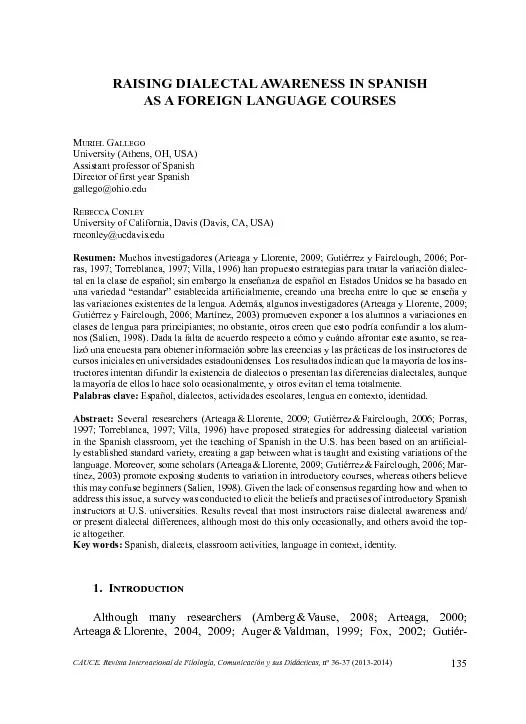
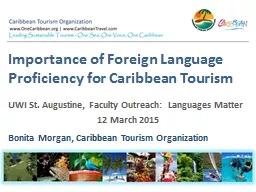



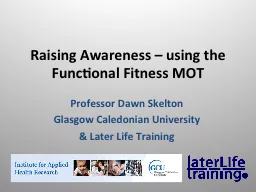
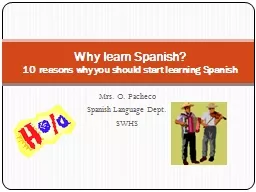
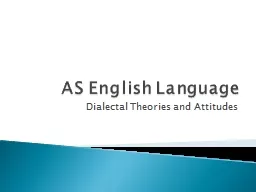

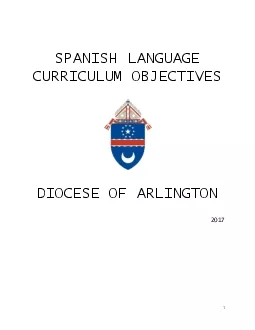
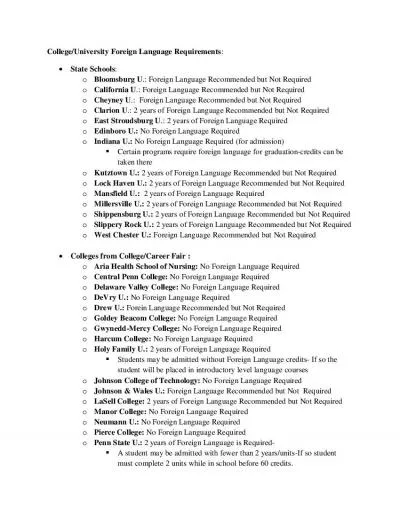
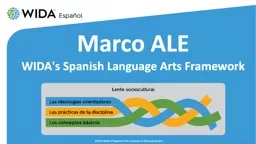
![[EBOOK] Getting Started with Spanish: Beginning Spanish for Homeschoolers and Self-Taught](https://thumbs.docslides.com/1008295/ebook-getting-started-with-spanish-beginning-spanish-for-homeschoolers-and-self-taught-students-of-any-age-homeschool-spanish-teach-yourself-spanish-learn-spanish-at-home.jpg)
